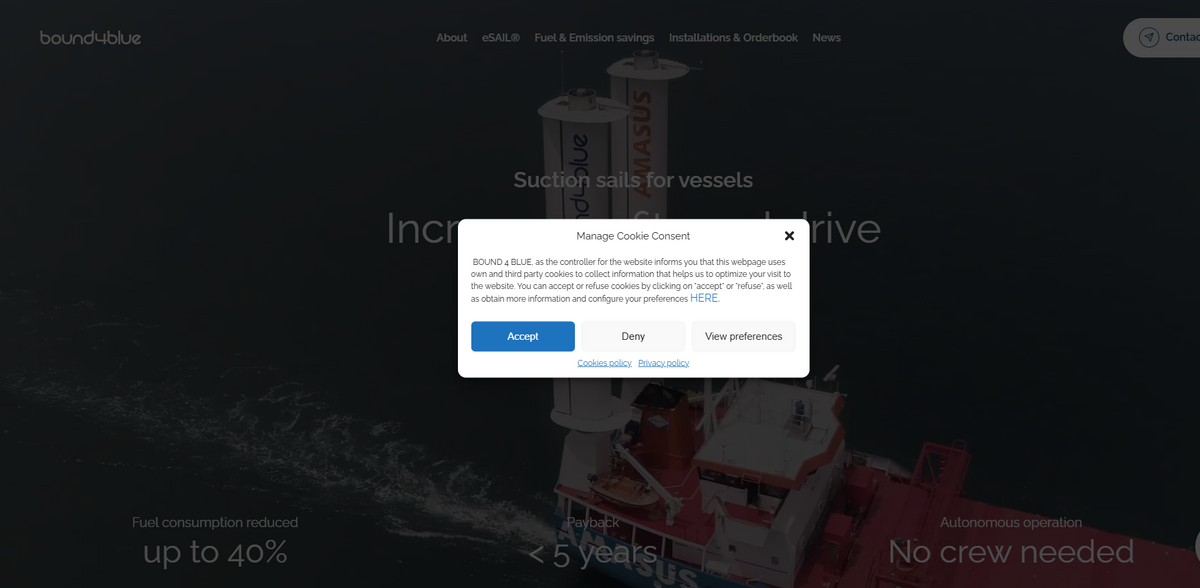What is the Diphasic Revolution?
THE DIPHASIC REVOLUTION is an innovative system that transforms firefighting, co-developed with BSPP, BMPM, SDMIS, SDIS 35, and SDIS 77. At its core, this breakthrough involves a unique patented process of water droplet fragmentation, an approach that rethinks traditional extinguishing devices. This system uses a high-speed air flow to propel fine water droplets into the gas stream, ensuring that each drop plays a vital role in combating fire. It’s a paradigm shift in firefighting methods, where every element is designed to enhance safety, efficiency, and environmental conservation. The technology represents a leap forward in addressing economic, health, and ecological challenges, all wrapped up in a process that’s as simple as it is powerful… a true revolution in extinguishing devices.
Main Benefits of the Diphasic System
- EFFECTIVE: A system that incorporates a unique patented process of water droplet fragmentation to enhance the quality of firefighting.
- ECOLOGICAL: Employs a reasoned use of water, consuming 6 to 8 times less water than a traditional nozzle.
- SAFE: Offers capabilities such as cooling smoke, reducing radiant heat flux, and capturing suspended particles, thereby mitigating the dangers of excessive heat.
- SIMPLE: Designed for great maneuverability and flexibility, making it easier for firefighters to use in dynamic situations.
How the Diphasic Technology Works
The ZELUP system revolutionizes extinguishing devices by employing the innovative process of diphasic misting. Essentially, the system operates on a hydropneumatic fragmentation methodology. Water, delivered in pressures ranging from 6-12 bars, is mixed with air at about 6 bars through a specific nozzle designed to create the diphasic mists. The process begins with a pump and a compressor that work together to facilitate the ideal pressurization before the fluids are expelled as a fog of fine droplets. These droplets, resulting from the intermingling of the liquid and gaseous phases, travel through a high-speed air stream, ensuring they quickly reach the heart of a fire. This method not only improves efficiency but also minimizes the water required to tame a blazing inferno.
The Power of Drops in Action
The diphasic misting harnesses the power of countless tiny droplets to combat fire. Each drop is a mini agent of change — cooling the surrounding environment, capturing airborne particles, and mitigating intense heat. Firefighters who tested the new nozzle unanimously recognize its enhanced safety, superior effectiveness, and reduced environmental impact. The process might sound almost magical when considering that the same force that launches these water droplets also ensures that every drop is meticulously utilized. In moments of urgency, this technology ensures that a reduced water flow still delivers maximum performance against fiery challenges, realizing the power of drops in real-world scenarios.
Supporting Partners and Patents
The success and reliability of this breakthrough technology are bolstered by an impressive array of renowned partners and certified endorsements. Developed by Zelup, the technology benefits from the collaborative expertise of entities such as BSPP, BMPM, SDMIS, SDIS 35, and SDIS 77. Additionally, the system is underpinned by a patented method that confirms its new and unique quality. The support rendered by organizations like the DGA – Zelup, the Paris Fire Brigade, and the Marseille Marine Firefighters further underscores its practical value. This partnership network not only validates the technology’s cutting-edge approach but also ensures that it evolves in tandem with the latest advancements in firefighting solutions.
Integrating Diphasic Technology into Modern Firefighting
The integration of diphasic technology into firefighting protocols redefines the operational landscape for emergency responders. By embracing the use of a hydropneumatic fragmentation process, the technology offers a more dynamic, efficient, and reliable way to fight fires. It melds the scientific precision of water droplet fragmentation with an operational simplicity that every firefighter can appreciate. This fusion of innovation and practicality is a key example of how modern engineering tackles age-old problems. The unique design that reduces water consumption without sacrificing effectiveness speaks directly to the needs of increasingly resource-conscious and safety-oriented emergency services.
Project Impact on Sustainable Development Goals
- SDG 3: Good Health and Well-Being – Enhancing firefighter safety by reducing heat exposure and chemical hazards.
- SDG 6: Clean Water and Sanitation – Promoting responsible water usage by decreasing consumption significantly.
- SDG 11: Sustainable Cities and Communities – Contributing to safer urban environments by advancing efficient fire management techniques.
- SDG 13: Climate Action – Minimizing environmental impact through reduced water usage and lower resource consumption.
- SDG 15: Life on Land – Protecting natural habitats with an approach that curtails water wastage and ensures ecological balance.
Looking to the Future of Firefighting Innovations
The journey of the diphasic system is a testament to how innovation can merge with proven firefighting techniques to yield a solution that is both futuristic and immediately practical. The system’s unique method of propelling fine water droplets via a high-speed air flow is not just about suppressing flames—it’s about creating a safer, more efficient, and environmentally friendly method to manage emergencies. Every element from the pump, compressor, and specific nozzle comes together to form a cohesive unit designed to empower firefighters in their critical missions. The systematic application of this technology promises to set new benchmarks in emergency response, paving the way for further advancements that may one day redefine global firefighting standards. Amid the rapid pace of innovation, this approach stands out as a beacon of thoughtful design and pragmatic efficiency—a perfect blend of technical ingenuity and practical utility. With each drop playing its part, this evolving technology holds significant promise for an even brighter future in firefighting and beyond.





















